Rotting wood beams at the base of my garage
kimcoco
16 years ago
Featured Answer
Comments (11)
eal51
16 years agoRelated Professionals
Eagle Kitchen & Bathroom Remodelers · Salem General Contractors · Clive General Contractors · Coos Bay General Contractors · Hermitage General Contractors · Melville General Contractors · Natchitoches General Contractors · New Braunfels General Contractors · Redding General Contractors · Springfield General Contractors · Westerly General Contractors · Lakeside Painters · Cartersville Painters · Lansing Painters · Moss Point Painterskec01
16 years agoairqual_guy
16 years agokimcoco
16 years agobrickeyee
16 years agobill_g_web
16 years agoJon1270
16 years agokimcoco
16 years agothombat4
16 years agoandy1978
16 years ago
Related Stories
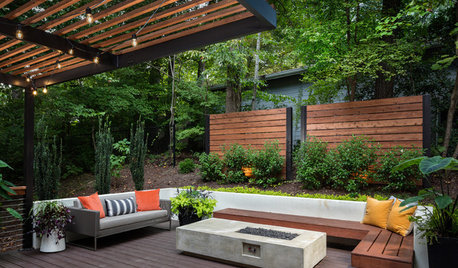
GARDENING AND LANDSCAPING8 Rot-Resistant Woods for Your Outdoor Projects
No need for chemical treatments on your deck or pergola. These woods stand up to weather, insects and time beautifully on their own
Full Story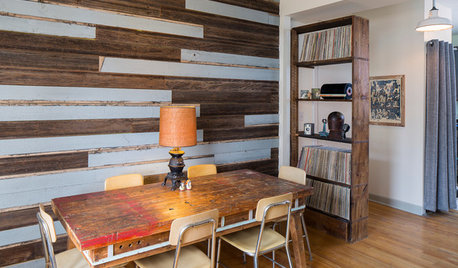
HOUZZ TVHouzz TV: Cool Reclaimed Wood Projects Fill a Craftsman’s Home
Using barn wood, beadboard and beams, this homeowner has crafted furnishings and features for his family’s Chicago home
Full Story
GREAT HOME PROJECTSWhat to Know About Adding a Reclaimed-Wood Wall
Here’s advice on where to put it, how to find and select wood, what it might cost and how to get it done
Full Story
GARDENING AND LANDSCAPINGChoosing a Deck: Plastic or Wood?
Get the pros and cons of wood, plastic, composite and more decking materials, plus a basic price comparison
Full Story
PAINTINGKnotty to Nice: Painted Wood Paneling Lightens a Room's Look
Children ran from the scary dark walls in this spare room, but white paint and new flooring put fears and style travesties to rest
Full Story
DECORATING GUIDESHow to Bring the Beauty of Reclaimed Wood to the Bath
Beautiful salvaged wood adds warmth and texture to a bathroom. Here's how to get the look right
Full Story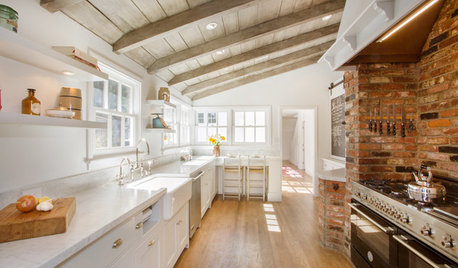
KITCHEN DESIGNKitchen of the Week: Brick, Wood and Clean White Lines
A family kitchen retains its original brick but adds an eat-in area and bright new cabinets
Full Story
GREAT HOME PROJECTSHow to Refinish a Wood Deck
Keep your deck looking its best — and save feet from splinters — by applying a new stain and sealant every year or so
Full Story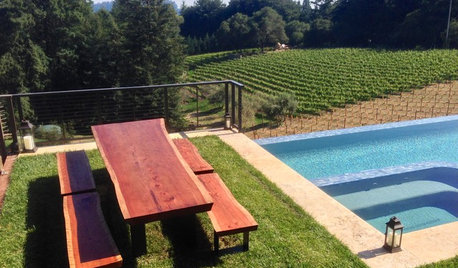
WORKING WITH PROSHow to Commission Custom Wood Furnishings
Can't find just the right table, shelf, desk or what have you? It's woodworkers to the rescue
Full Story







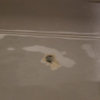
kimcocoOriginal Author